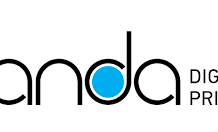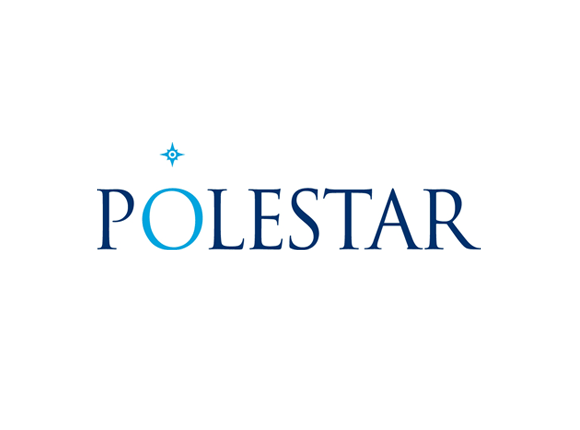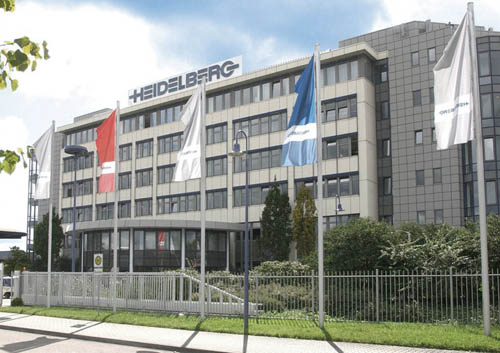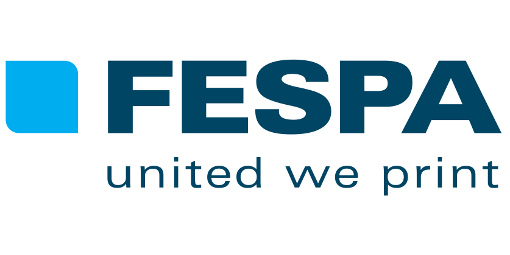Going digital is no longer enough for media companies; they need to completely rebuild their operations to thrive.
theguardian.com by Richard Britton Monday 7 April 2014 10.55 BST
The recent digital revolution in the media industry may not have cost lives, but it has certainly dented bank balances for the many who relied on traditional advertising revenue to maintain a successful business model.
Latest forecasts from Group M, WPP’s worldwide media-buying operation, suggest that £400m in print advertising will be lost from the UK newspaper market by the end of 2014. Fragmentation and the rise of view on-demand services such as iPlayer have caused similar mayhem in broadcasting.
Most revolutions involve a period of confusion and near-anarchy before a clear way ahead is defined, and this one has been no exception. So far the only consensus is that the future is digital. But with online advertising currently only making up 25% of revenue lost through the decline in print advertising, profitability looks like a distant goal.
Most publications – from trade magazines and local newspapers to the nationals – now have an online version. But “going digital” in this way alone is not going to win the battle. Instead it will take a complete rebuilding for digital. Readers are engaging with content on multiple devices. But to monetise this interest through advertising, subscriptions or other methods yet to be discovered. Businesses need to be nimble and adaptable to new events, ideas and forms of content to help shape the digital shift.
For example, the New York Times has recently introduced some imaginative new subscription offerings, including a mobile app described as “fast food” compared with the “full meal” of the actual newspaper. But not surprisingly given the nature of the industry, the problem is not a lack of creativity. It is lack of the right tools and the need for a change of mindset from being product-focused to customer-focused.
For traditional publishers, their IT systems are based around a print workflow and cannot be adapted easily. Younger companies may have more suitable systems, but often these are proprietary and, therefore, lack flexibility and scalability.
When ad bookings extend across print, website, iPad and mobile, Excel spreadsheets are inadequate and provide little insight into performance or customer needs. Nothing can be priced as one quote, there is no joined-up data, few inventive cross-platform campaigns and little business intelligence to help sell further space or shape new products or packages.
This is important because at least with print, firm circulation figures are relatively simple to determine. Online impressions are almost impossible to predict without a crystal ball, or at least without data to analyse – weather or events can cause widely fluctuating traffic. How can publishers explain performance or compare financial forecasts with what has actually happened?
Most other sectors, such as the finance industry, have been far more eager than media to move towards establishing an all-round view of their customers in order to predict future behaviour. But by doing this, advertising sales teams could cut across all media silos and provide their clients with a single sale booking of cross-media ads to help nurture innovation and drive revenue. This would also help create leaner sales, production and trafficking processes.
In fact, establishing a hub need not be such a major implementation as it first sounds. Many publishing houses are already using recognised cloud technology and this can provide the platform needed to blend the data into a single entity.
This single-customer view of advertisers and subscribers could be the idea that helps to crystallise the current media mayhem into a clearer proposition. At least it could help convert the “print pound” into enough ‘”digital pence” to secure the industry’s future.
Richard Britton is the CEO of CloudSense
Print News Jeff Russell on Richard Britton’s post
Unlike say the packaging industry where digital and print dont openly compete for the same pound, the media industry is more and more headed towards digital and away from print mediums, and as music and books are increasingly popular on devices, for an instant (intangible) product such as media, digital is fast becoming the fitter of the two species bidding for survival.
Richard Britton makes some valid point as digital metrics are not accurate enough to have the notion of a single-customer just yet and with the EU ruling on mass data and the direction big data is heading post Snowdon, (or perhaps its just being delayed?) it might be some time yet before we see Minority Report styles of single-customer advertising, even if some poor saps are willing enough to be marketed to, 24/7.











